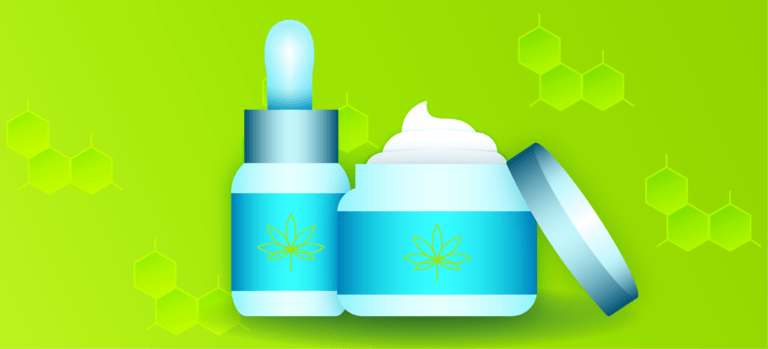CBD Research: A Dive into the Regulations of Cannabis Research

Cannabis use has become widespread. As such, we are seeing an uptick in research examining the therapeutic effects of cannabis and its constituents.
Currently, cannabis use is legal across many states in the U.S., with 37 states approving medicinal use and 18 approving recreationally. However, it’s not legal federally and is considered a Schedule I drug by the U.S. Drug Enforcement Administration (DEA), meaning it has no accepted medical use and a high potential for abuse.
While there isn’t a significant amount of research on cannabidiol (CBD), it’s easily accessible in the U.S. Even though CBD and cannabis usage has grown, and marketing claims have proliferated regarding potential therapeutic applications, there is still little research on their effects on the human body. This can make research challenging, but not insurmountable. How can researchers further the investigation of cannabis and CBD in research?
The 2018 Farm Bill
In order to understand the current status on cannabis and CBD research studies, it’s important to understand where each product stands. The 2018 Farm Bill removed hemp from the Controlled Substance Act. Cannabis plants and derivatives containing no more than 0.3% THC are no longer controlled substances under federal law. So, cannabis derivatives in the form of CBD then became legal in all 50 states.
Importantly, the 2018 Farm Bill preserved FDA authority to regulate products with cannabis or cannabis-derived compounds under the Federal Food, Drug, and Cosmetic (FD&C) Act and Section 351 of the Public Health Service Act. Cannabis and cannabis-derived compounds are treated the same as other FDA-regulated products and subject to the same authorities and requirements.
With the exception of one highly purified form of CBD (Epidiolex), no other CBD products are currently FDA approved. In order to treat diseases or be used therapeutically, drugs must either receive premarket approval through the FDA’s new drug application (NDA) process, or conform to a “monograph” for a specific drug category, which fits under FDA’s over-the-counter (OTC) drug review.
Even though the 2018 Farm Bill makes it legal for U.S. citizens to purchase and use CBD, it’s not lawfully marketed under the FDA and doesn’t meet investigational new drug (IND) exemption criteria of a lawfully marketed product.
Funding Research on Cannabis
Even though CBD doesn’t meet criteria for IND exemption or the FDA’s OTC drug review, it still can be studied in humans. Some may wonder, is the FDA open to approving and funding research on cannabis? The short answer is yes.
With this in mind, when researchers submit a new study involving CBD for IRB review, they must consider whether they need an IND for CBD as a drug. Examples of this might include investigating CBD to treat neuromuscular pain, nausea, or a project exploring whether CBD is a potential treatment for smoking cessation. The FDA is granting INDs for such CBD research.
Scientific and Ethical Challenges
With the limited background information currently available in cannabis research comes scientific and ethical challenges researchers and IRB reviewers need to be aware of.
One such challenge is the lack of standard formulation of CBD. Each type varies in strength based on the grow of the plant and extraction methods, and it also may vary in administration roots. As such, there are implications in standardizing doses and for reproduction of research results. One key element in IRB review is consistent dosing. IRB reviewers want assurance each participant receives the same level of product throughout the entire study and, ideally, potency levels remain consistent from one study to another.
Finally, while CBD is generally well tolerated, it is not without risks, especially when used with other drugs and all protocols should have considerations and monitoring for subject safety.


